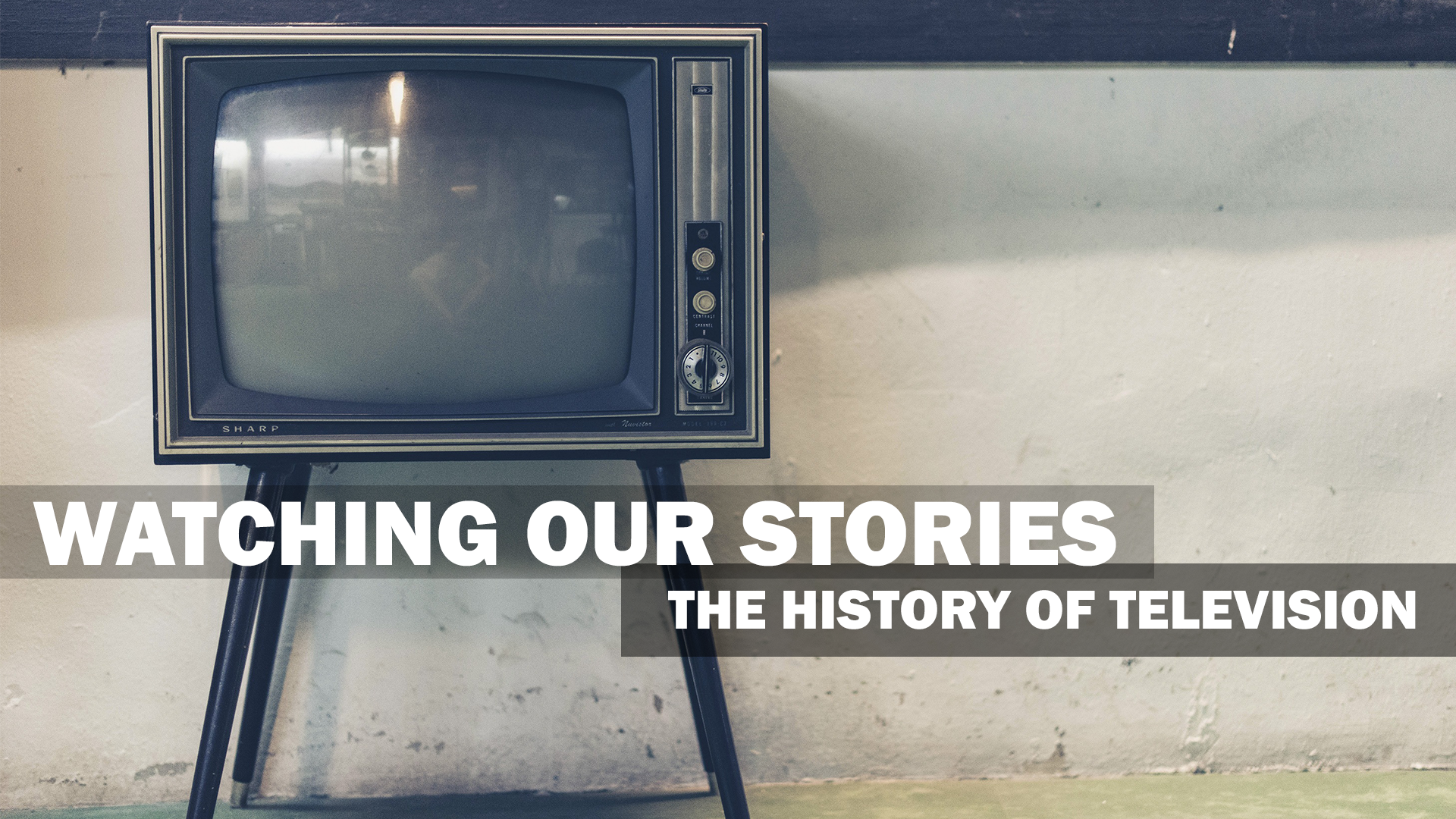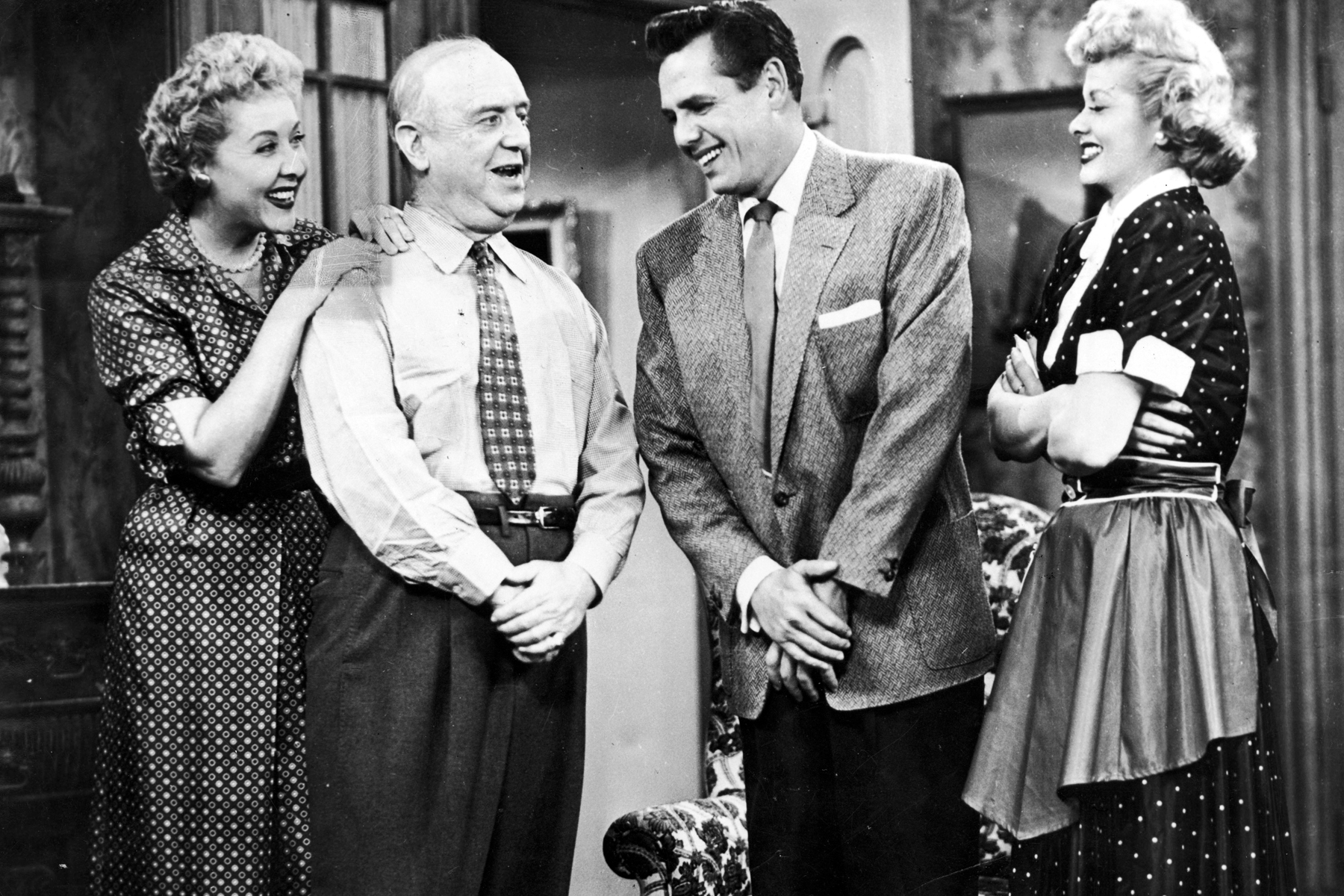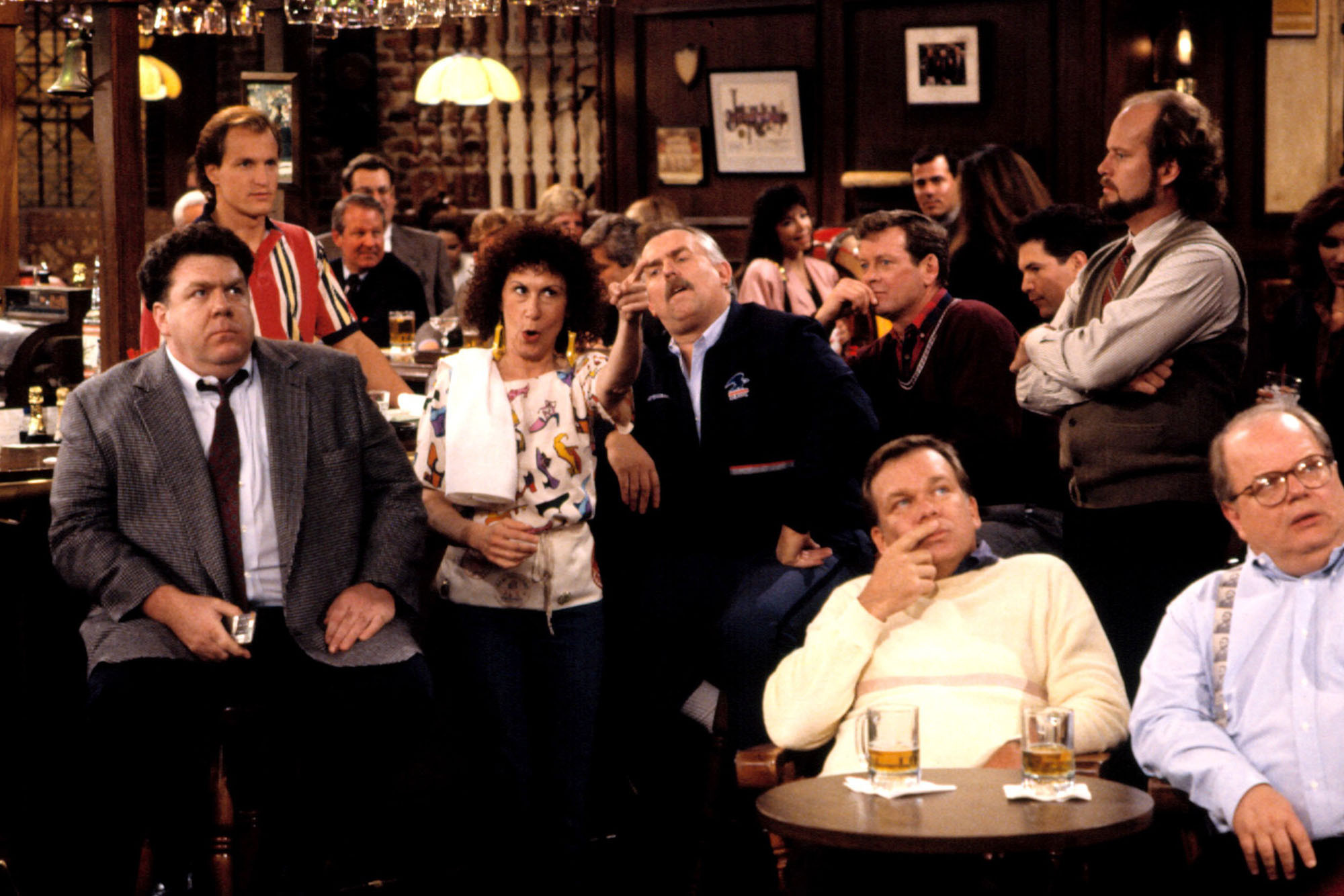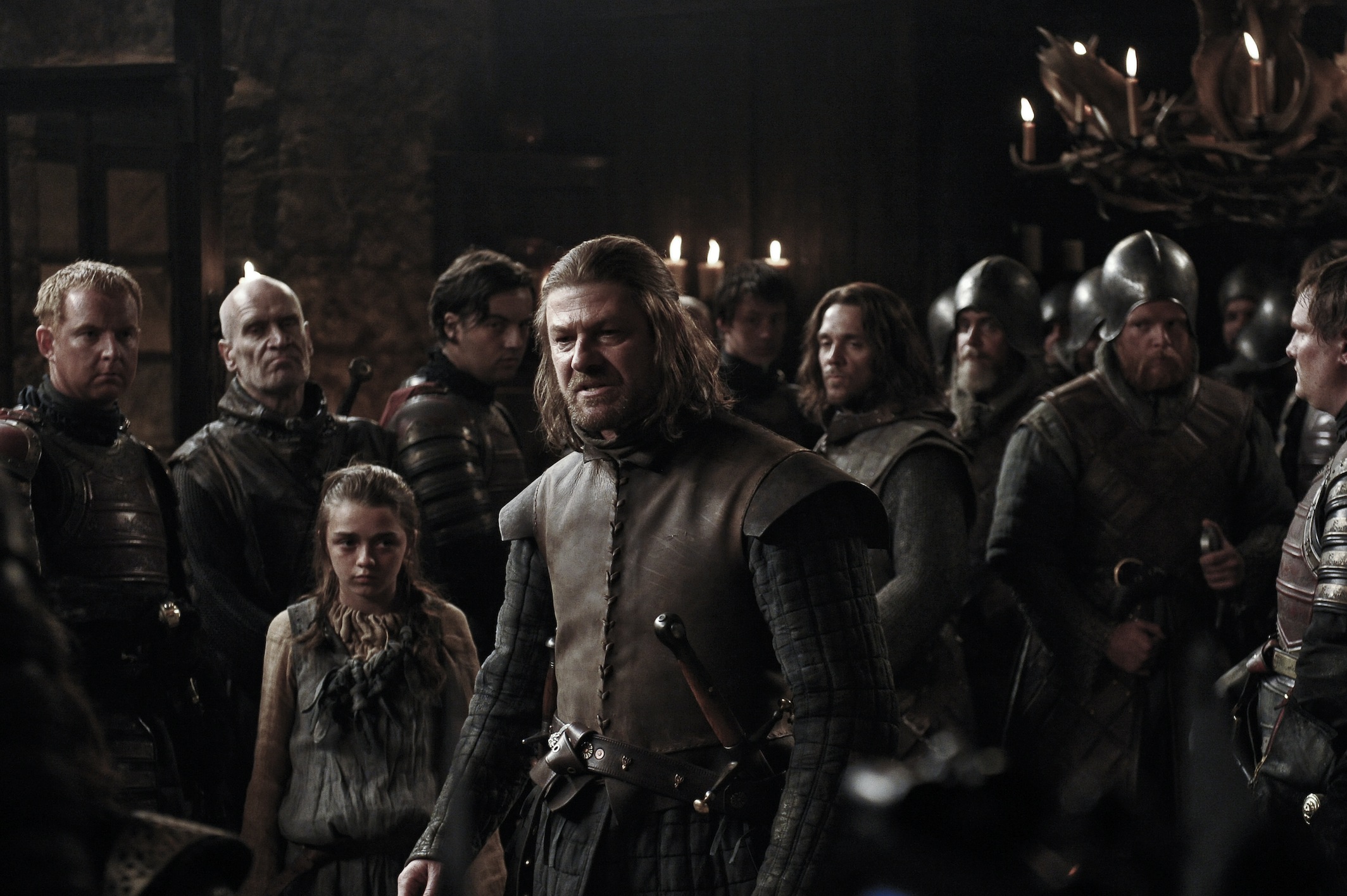
We live in a golden age of television. Since the late 1990s, television has become the most popular, most influential, most profitable and arguably the most interesting medium for stories and storytellers. In this brand-new Point North class, we’re going to look at how television works, how it evolved, how it achieved pop cultural dominance, and where it goes from here.

I Love Lucy (1951-1957)
From its earliest days, television hasn’t just described our shared culture, but defined it and given it shape. From social controversies to questions of representation and diversity, television has, at its best, shown us not just who we are, but who we can be. From Candid Camera and The Lone Ranger to The Simpsons and Transparent, the history of television is the best social document of the 20th and 21st centuries.

Cheers (1982-1993)
Because of the unique demands of television production, it has never been a director’s medium; for much of its history, narrative control has rested with producers and writers. Now, in the age of the superstar showrunner, writers are more important than they have ever been, whether we’re talking about Matthew Weiner and Mad Men, Vince Gilligan and Breaking Bad or Shonda Rhimes and How To Get Away With Murder. Writers control the fate and the future of television, which is leading to bold new narrative experiments in a space that has been defined for the last two decades by ambitious and unprecedented long-form storytelling.

Game Of Thrones (2011-2018)
In 2017, the global television industry is worth an estimated $270 billion; by contrast, global movie box office revenue is an estimated $38 billion, the global video game industry is worth $100 billion, and the global book publishing market an estimated $120 billion. In Watching Our Stories, we’re going to discuss the entire history of television as a medium and a format, the conventions and structures that have emerged and become dominant, the rise and fall of different genres and formats, the ways in which television has and will continue to evolve, and the brave new frontier of post-broadcast television programming.
This downloadable version of the class includes audio and video versions of the lecture, along with notes and a transcript of the key points. Those files are DRM free, and you’ll be able to keep them, watch or listen to them as often as you like, and copy them to any computer or device that you own.
To buy the class, click the button below!
Watching Our Stories: The History Of Television
$20
[wpecpp name=”WatchingOurStoriesClass” price=”20.00″ align=”center”]
